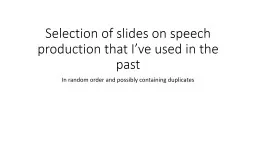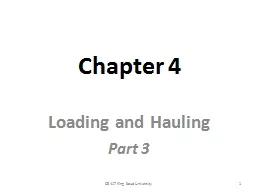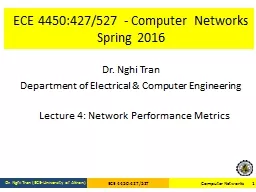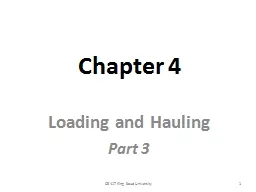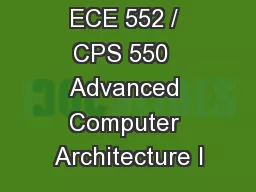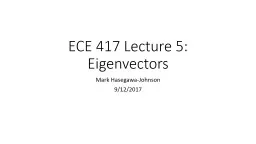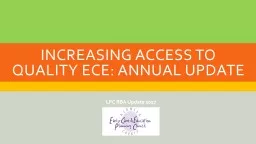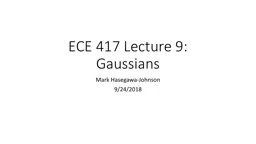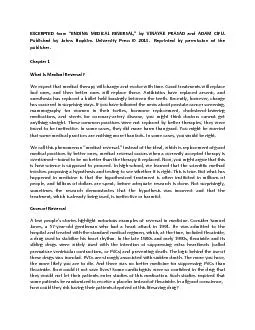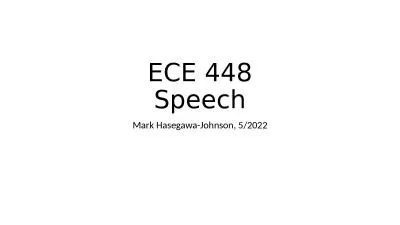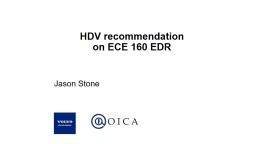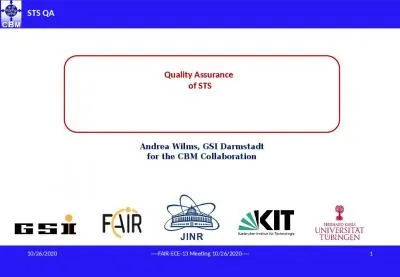PPT-ECE 417 Lecture 8: Speech Production
Author : pamella-moone | Published Date : 2018-11-02
Mark HasegawaJohnson 92017 Speech Slide Scharenborg 2017 Specific to humans Allows us to convey information very fast Central role in many other languagerelated
Presentation Embed Code
Download Presentation
Download Presentation The PPT/PDF document "ECE 417 Lecture 8: Speech Production" is the property of its rightful owner. Permission is granted to download and print the materials on this website for personal, non-commercial use only, and to display it on your personal computer provided you do not modify the materials and that you retain all copyright notices contained in the materials. By downloading content from our website, you accept the terms of this agreement.
ECE 417 Lecture 8: Speech Production: Transcript
Download Rules Of Document
"ECE 417 Lecture 8: Speech Production"The content belongs to its owner. You may download and print it for personal use, without modification, and keep all copyright notices. By downloading, you agree to these terms.
Related Documents

